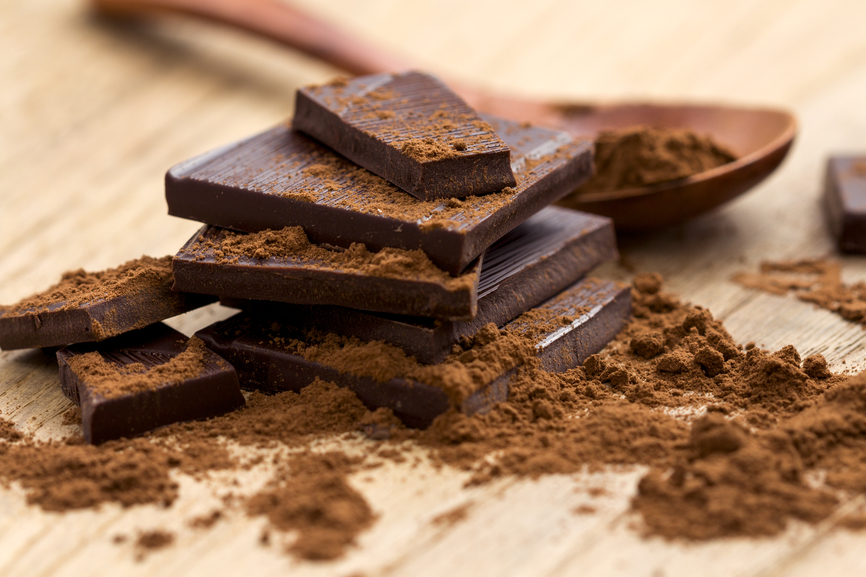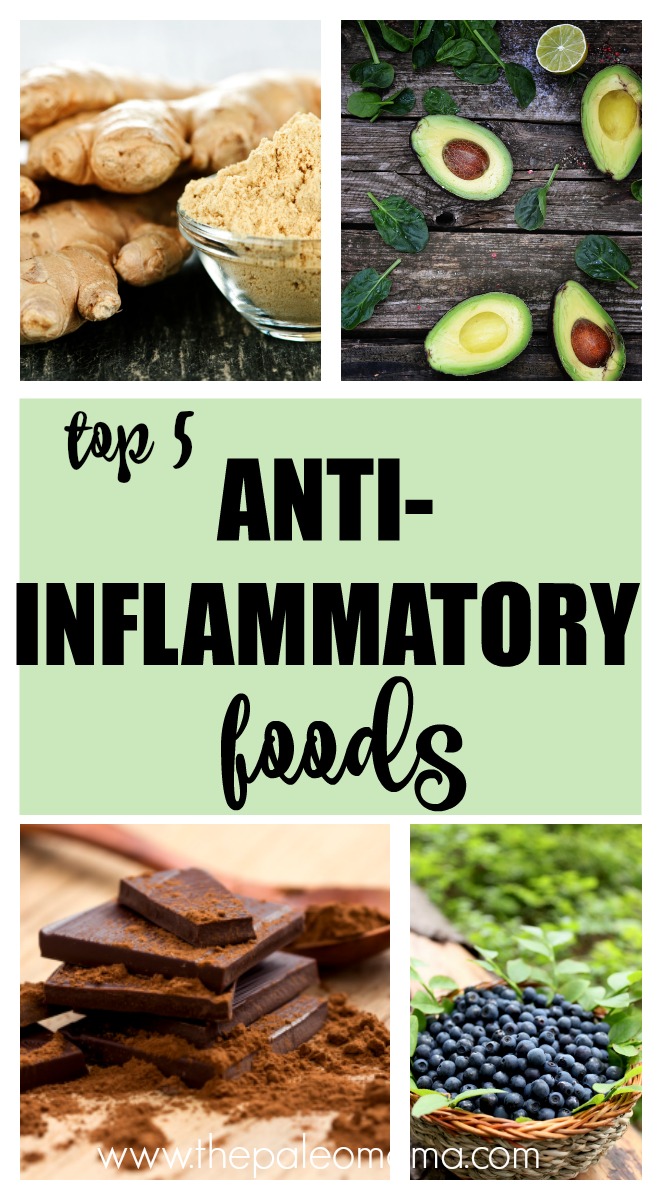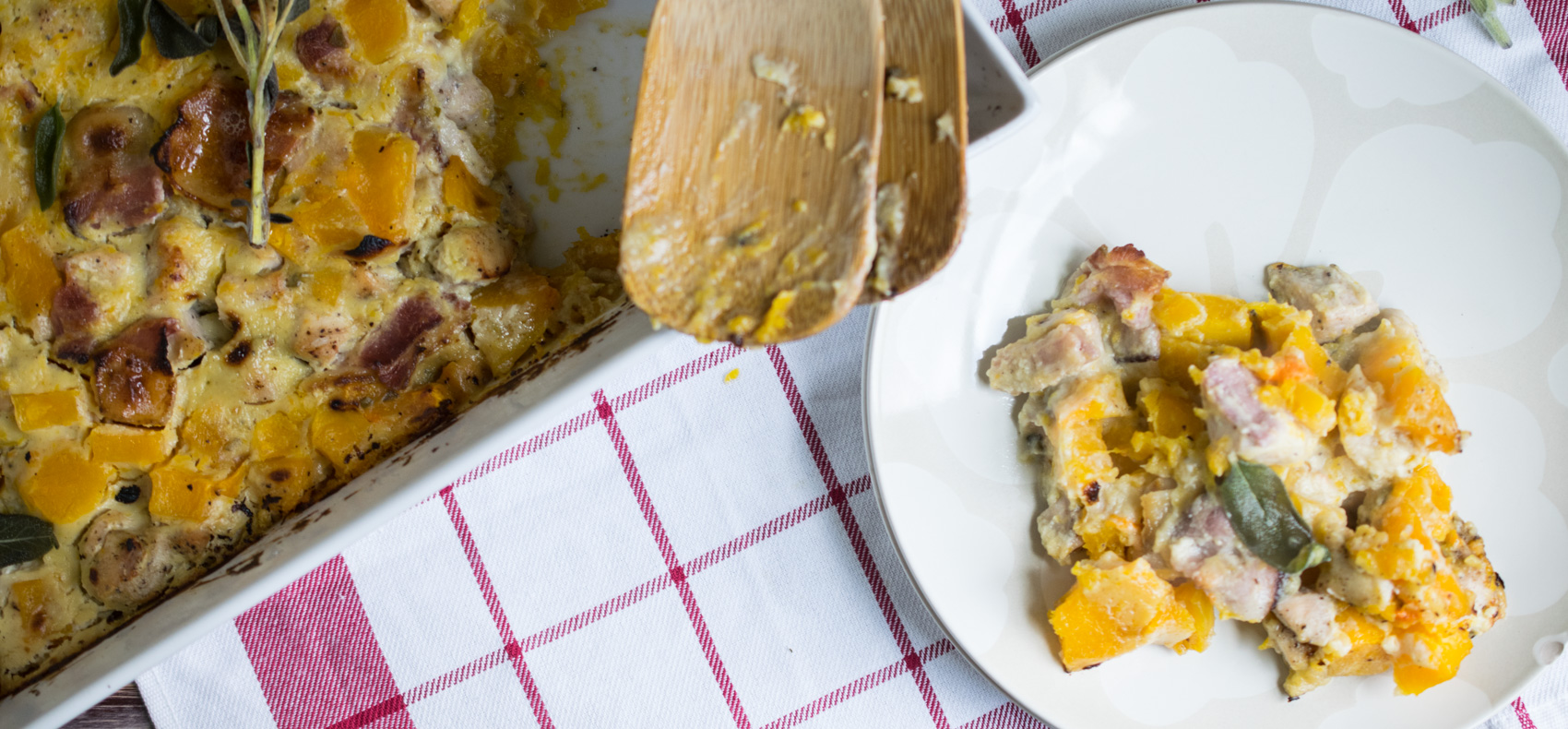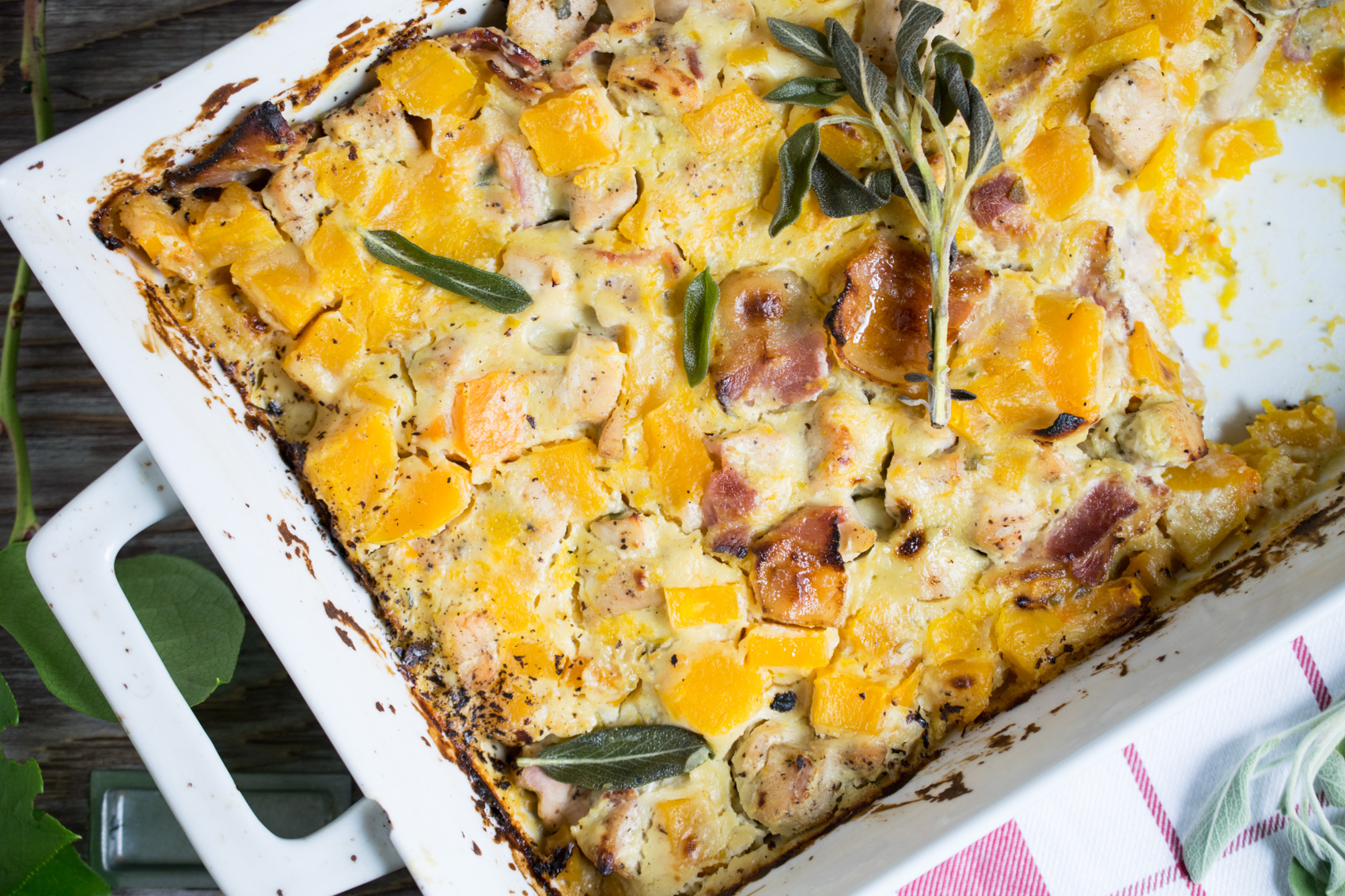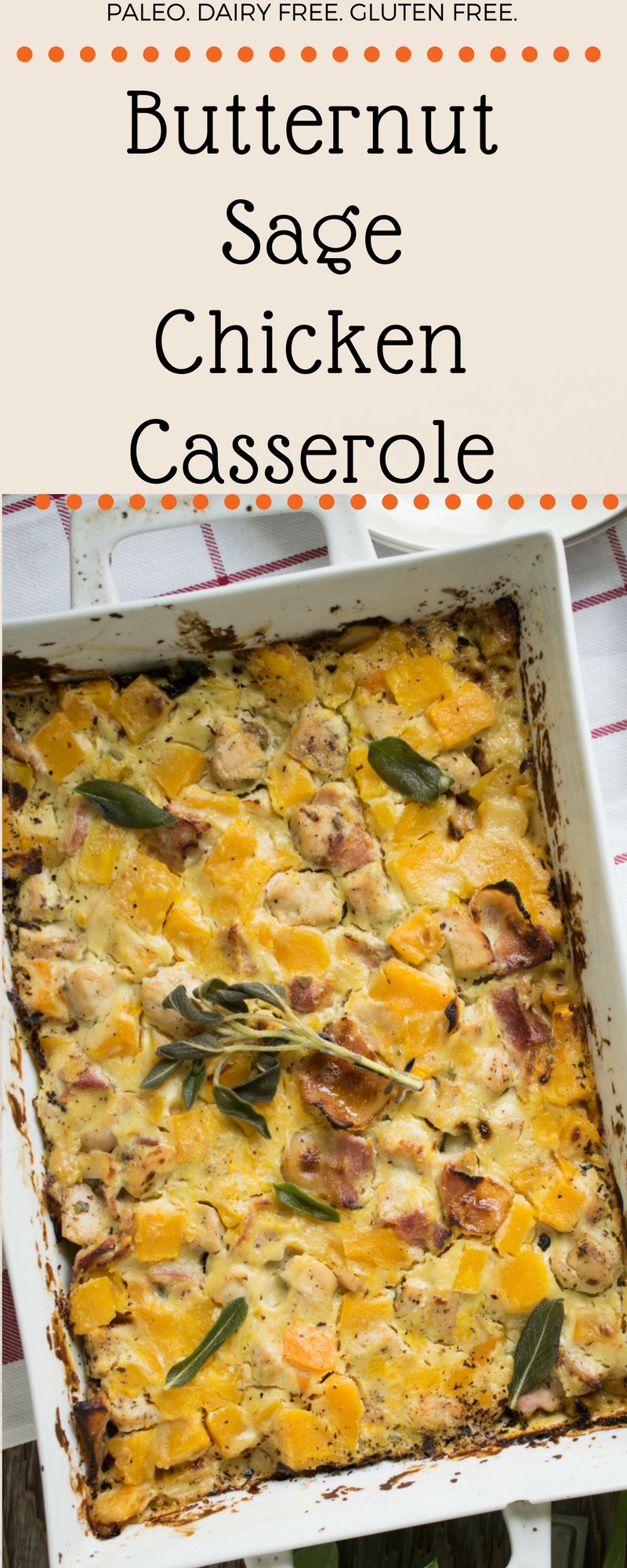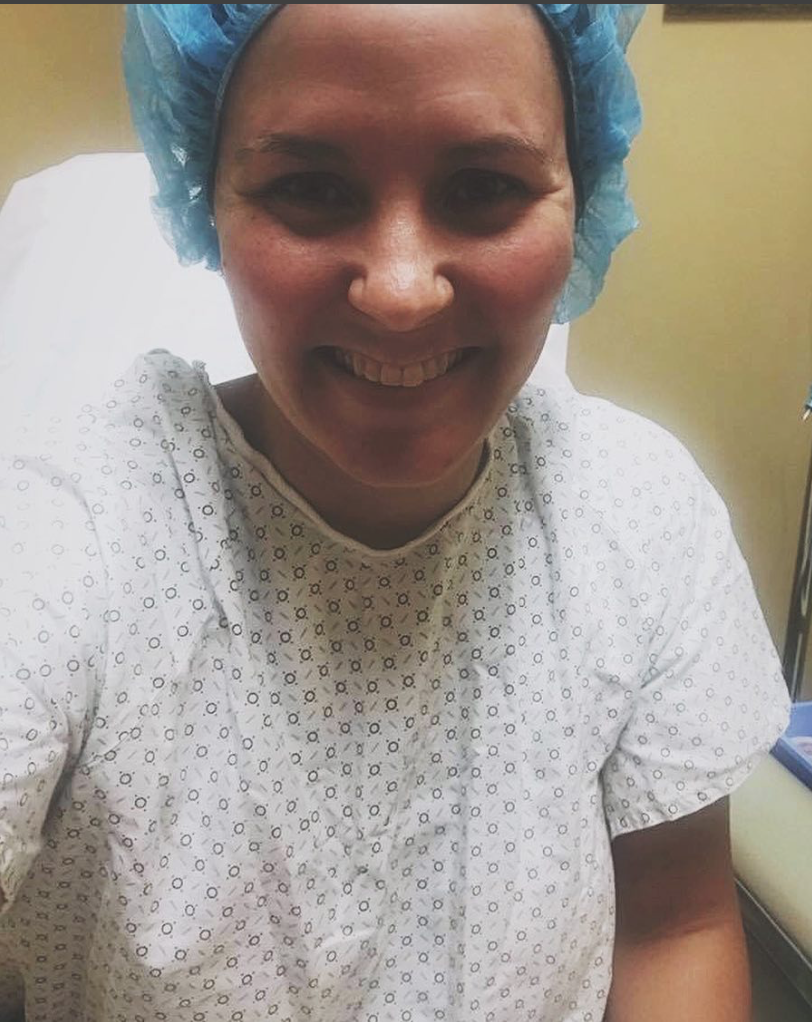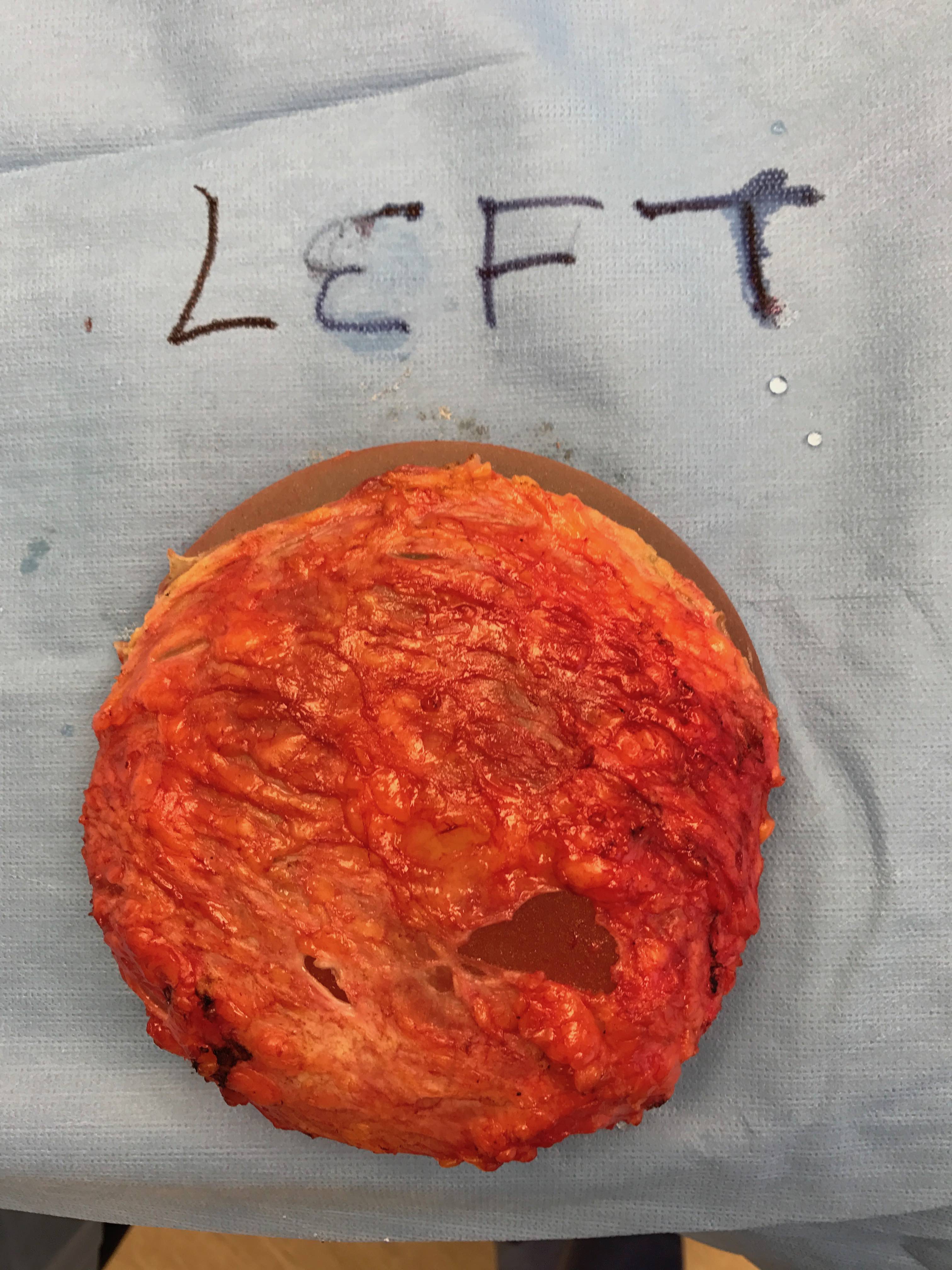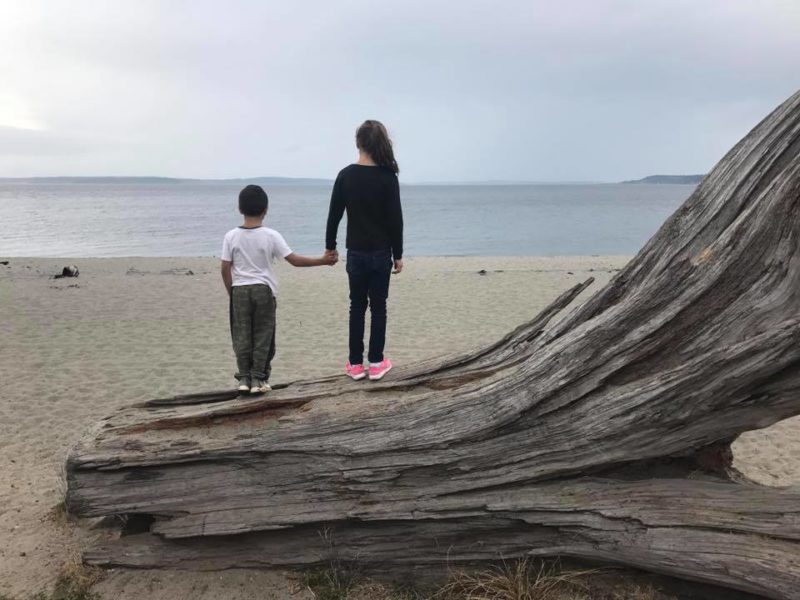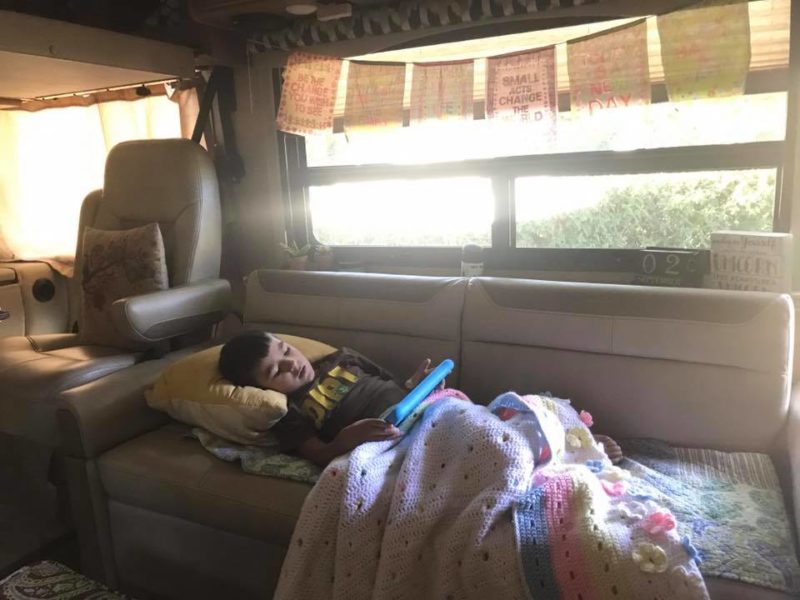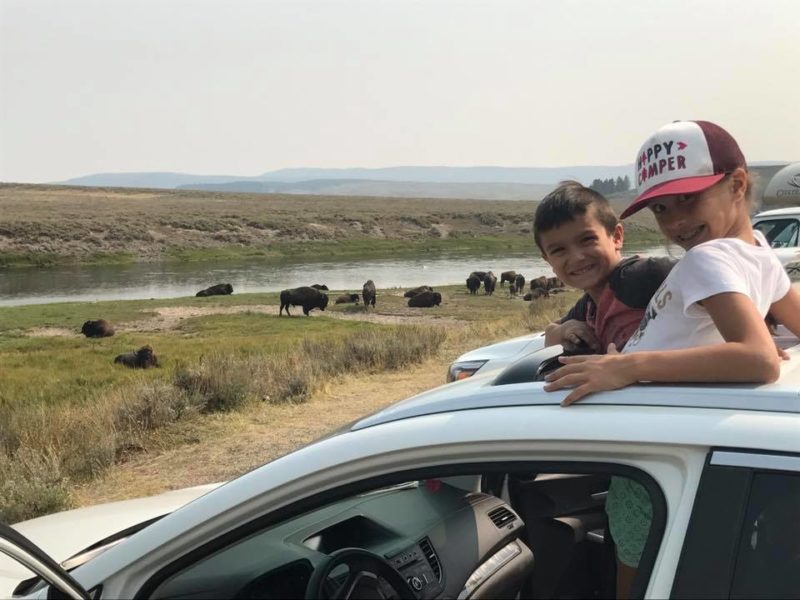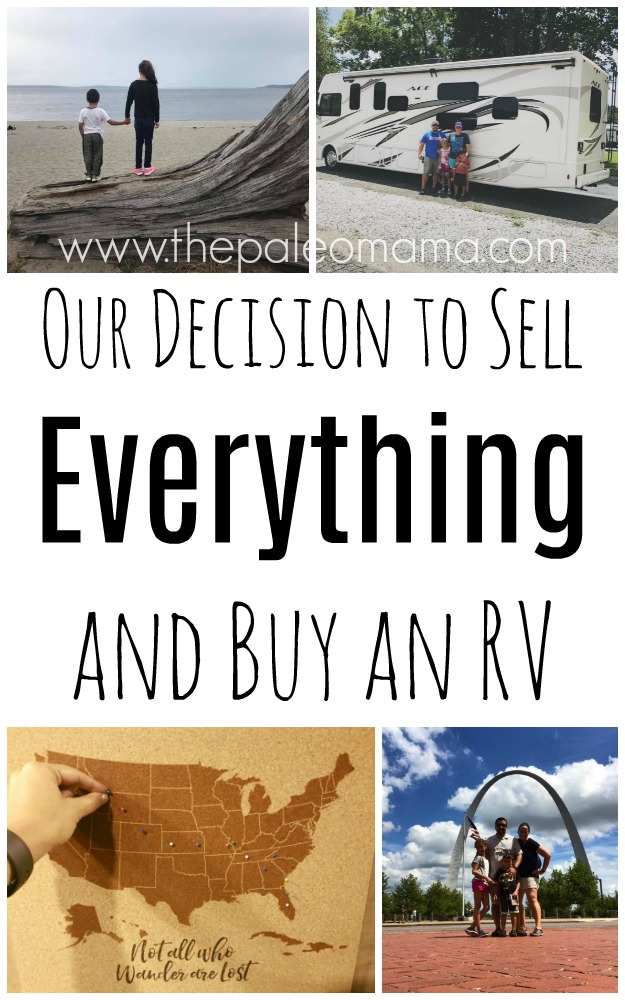There’s nothing I get asked about more as a parent than unschooling, and nothing I recommend more to other parents.
It’s an educational philosophy that provides for more freedom than any other learning method, and prepares kids for an uncertain and rapidly changing future better than anything else I know. My wife and I unschool four of our kids, and have been for several years.
And yet, as powerful as I believe unschooling to be, I’ve never written about it, because the truth is, I certainly don’t have all the answers. No one does.
The beauty of unschooling is in the search for the answers. If anyone had all the answers, there would be no search. And so what I’d love to teach unschooling parents and kids is that the search is the joy of it all.
But I’m getting ahead of myself: what is unschooling? Why should you do it? How do you do it? What should you read? We’ll talk about all that today.
What is Unschooling?
First, it’s a form of homeschooling. But there’s no easy answer to that except in comparison to regular schooling. There’s no one way to do unschooling, and people who do it often do it for many different reasons in many different ways.
However, this is how I describe it — in contrast to school:
- While school has classes with subjects, unschooling doesn’t.
- While school has goals set by teachers and the school system, the unschooler (the kid) set his or her own goals.
- While in school, knowledge is handed down from the teacher to the student, in unschooling the student is empowered to learn for himself.
- While school has specific books or sets of learning materials, unschoolers can learn from anything — books they find, things on the Internet, siblings or parents, the outdoors, museums, people working in interesting fields, anything.
- While school is structured, unschooling is like jazz. It’s done on the fly, changing as the student changes.
- While students in school learn to follow instructions, unschoolers learn to think for themselves and make their own decisions.
- While students in school are asked to learn at pace arbitrarily set by administrators, unschoolers learn at their own pace.
- While in school, learning happens in the classroom at certain times, in unschooling learning happens all the time, and there is no division between learning and life.
Let me emphasize that for a minute: in unschooling, life itself is learning. There is no “doing school” … you are learning all the time.
Unschoolers learn just like you or I learn as adults: based on what interests them, figuring out how to learn it on their own, changing as they change, using whatever resources and learning materials they find, driven by curiosity and practical application rather than because someone says it’s important.
This is how I learn as a self-employed writer, as an entrepreneur, as a parent. It’s how our children will learn when they’re adults. Why not have them learn like that now?
Why Unschool?
Let’s think about what school is about: preparing kids for jobs (and life) in the future … a future that’s probably a decade or more away. Now think about a decade or more of change: how many of us predicted 13 years ago what life would be like today? Did we know about the economic recession, or the changing job market, or the fact that things like smartphones and iPads and ebook readers would be so widespread? And that’s just the start.
If we can’t predict what our kids’ future will be like, how can we decide today what they should be learning to prepare for that future? We’re preparing them for today’s jobs, not tomorrow’s jobs. School teaches kids a set of facts and skills that they might not need in the future.
Unschooling takes a different approach: kids learn how to learn, how to teach themselves. If you know how to learn and how to teach yourself, then you are prepared for any future. If in the future the things we know are obsolete, then the person who knows how to learn anything will be ready to learn whatever is in use in the future. The person who only knows how to learn from a teacher will need a teacher to teach him.
More reasons to unschool:
- It’s how entrepreneurs learn. Schools prepare kids to follow instructions, like good employees, while entrepreneurs take charge of what they need to know and make decisions for themselves, navigate through uncharted waters. Unschooling prepares kids to be entrepreneurs instead of robots.
- It’s much more natural. The school system is a fairly modern invention, and isn’t how humans have learned for the majority of our history. Unschooling is the learning method used for most of human history — including by people like Leonardo Da Vinci, Leo Tolstoy, Mozart, Einstein and Benjamin Franklin.
- It’s freer. The structure of school is good for people who like decisions made for them, but if you like making your own decisions, and figuring out things based on current needs, you will want more freedom.
- We learn with the kids. While in school, many parents are removed from the learning process, and ask the teachers to take responsibility for their kids’ education, with unschooling you learn with your kids. The most important learning I’ve been doing is learning about learning. We figure out, together, how people learn, what’s the best way to learn, for each kid.
- Learning is unlimited. In school, learning is limited to the classroom and homework time. Then kids believe they stop learning and they can go play and live life — as if learning is boring and they only do it because they’re forced to. But unschoolers learn that learning happens all day long, every day, no matter what you’re doing. If you’re not studying a textbook, does that mean you’re not learning? Can’t you learn from playing games, going for a hike, talking to strangers? How about from figuring out how to cook dinner, or fix a broken faucet, or make a fort? Learning is all around us, and it’s fun! That’s what unschooling teaches us.
There are many more reasons, of course, and each person will find her own reasons. These are just a few of mine.
How to Unschool
This is the hard part, because there is no right way to do it, no single way. And parents who are starting out always, always want to know how to do it. I know we did, and the honest truth is, we’re still figuring out the answer.
Why is there no answer? Because every kid is different. Everyone has different needs, interests, abilities, goals, and environments. What would you say if people told you there was only one way to live your life, one way to do your job? You’d hate it, because it would take away your freedom, and also all the fun.
Telling you how to unschool is like taking away your freedom and all the fun out of it. The questions are everything, and the finding out is the fun.
That said, I will offer some ideas of how we unschool, and some ideas of how you might approach things — but these are just ideas to start you out!
- College bound. Our 16-year-old has decided he wants to go to college, and so studies for the SAT on his own, and is taking some free college courses online, and writes practice college essays on topics he chooses. He also learns things on his own, like programming or 3D animation, and plays the guitar.
- Origami master. Our 13-year-old wants to get good at math, so does some math courses on Khan Academy. She also makes origami and weaves friendship bracelets and reads teen novels and Archie comics and plays piano and goes to the park to play basketball and likes to learn to cook.
- Wolves and wizards. Our 8-year-old loves to read about wolves, and often will pretend he’s a wolf. Also a wizard or werewolf. He likes to play games and read with us and make up stories and draw. He’s pretty good at math on his own, though we don’t really study that with him much.
- Forts and restaurants. Our 6-year-old likes to be read to and isn’t into reading on her own, though she’s been learning to read through games and reading with us. She doesn’t like math but will do it in games. She makes forts and art and likes to play outside and pretend she owns a restaurant or store.
- The power of questions. When the kids ask a question, that’s an opportunity to find out something. We’ll look it up together, or look for books on it in the library.
- People you know are incredible resources. If your kid wants to be a chef, you might know someone who is a chef or owns a restaurant. If your kid wants to create iPhone games, you might know a programmer. If your kid is interested in science, you might know a marine biologist. And so on. Connect them with these people.
- Games are your best friend. Play all kinds of games. Don’t be concerned with what they’re learning. They’ll have fun, and learn that life can be play, and so can learning.
- Fun projects. Working on art and science projects can be a lot of fun.
- Pursue interests. If the kid is interested in something, show her how to find out more, or play with it.
- Deschool. If you’re new to unschooling, and your kid has gone to school for awhile, it’s often a good idea to “deschool”. That means to not worry about learning or schooling for awhile — a couple weeks, a couple months. The idea is to get them (and you) out of the mindset of schooling, which can be very difficult, because we’ve been trained to think in terms of school. We think we need to be productive teachers and students, and that school has to be done a certain way, and that if the kids aren’t learning something from an activity, it has no value. All that is crap, of course, so take some time getting out of that mindset.
- Expose them. Learn to give kids a variety of stimuli — books and magazines lying around the house, watch shows about interesting things, play old board games, get out and explore your town, meet different people, find stuff together on the Internet. This exposure will help them to explore new interests — even if they don’t seem interested at first, the exposure will allow them to find new things on their own.
- Learn as you go. The most important thing is that you need to figure out what works for you. Try different things. Play. Make things. Go out and do things, meet people, have fun learning about new things. Fun, always fun, never hard work unless it’s fun, never force, always get pulled.
- Be patient. You won’t see “results” right away … changes in your kid will happen over time, as he learns that learning is fun and can be done all the time in lots of ways. You also might get frustrated that your kids doesn’t want to study or read or write papers or whatever. But instead, let him play music or play pretend games or read comic books or play outside.
- Trust is important. It’s hard in the beginning (we’re still learning to do this), but it’s important to trust that kids can learn on their own, with minimal guidance, and that if they’re interested in something, they’ll learn about it. We all think kids can’t learn on their own, but they can.
Before you get the wrong idea, I should give credit to Eva for doing most of the unschooling work, and being better at it than I am (Eva is really great, though she won’t admit it). She has read more books and websites on the topic than I am, and does the majority of the unschooling on a daily basis (though I do help out as much as I can). I should also give credit to my awesome sister Kat, who inspired us to unschool, and is one of the most amazing unschooling moms I know.
More Reading
This isn’t a definitive guide — I don’t have the experience or knowledge to write that guide. Better people than I have written much more on the topic, and while I can’t provide a comprehensive list, I will share some books and sites to get you started (many are from Eva and my sister Kat):
- Sandra Dodd – one of the first and best writers on unschooling.
- John Holt – another of the seminal writers on unschooling, a classic.
- A-Z Homeschooling – so many things for homeschoolers. So many.
- Khan Academy – amazing resource for learning all kinds of subjects.
- Open Culture – such a powerful collection of free learning resources, including a list of free online college courses, language learning, and so much more. Wow.
- Clickschooling – newsletter with links to learn about different learning topics.
- Schmoop – a fun way to learn literature, history and more.
- Reading Rants – blog by a librarian who gives reading suggestions for young adults.
- Free Rice – game for learning different subjects.
- YouTube – It’s an interesting video site that you might not have heard of. But what an incredible resource for learning videos — learn French or Spanish, math raps, and much much more.
- Self-Made Scholar – free classes.
- Free-Range Kids – how to raise self-reliant children.
- The Sparkling Martins – for unschooling inspiration.
- Homeschoolers Guide to Getting Into College – it’s not only possible, but very doable.
- Life Learning Magazine – on non-coercive, interest-based learning.
- Natural Child – learning to treat children with with dignity, respect, understanding, and compassion.
- Joyfully Rejoicing – great overview of unschooling philosophy with more resources for learning more.
- Zinn Education Project – excellent resources for learning history, Howard Zinn style.
- Coursera – free online courses.
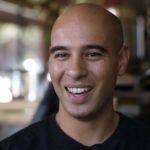
ABOUT THE AUTHOR:
Leo Babauta is a simplicity blogger & author. He created Zen Habits, a Top 25 blog with a million readers. He’s also a best-selling author, a husband, father of six children, and a vegan. In 2010 moved from Guam to San Francisco, where he leads a simple life.
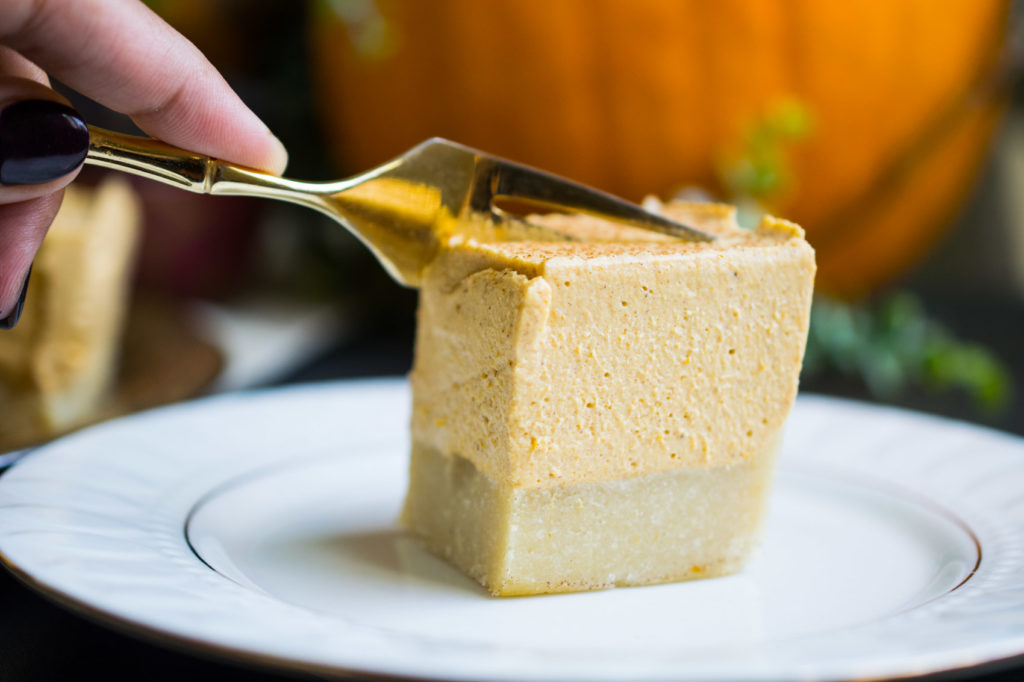
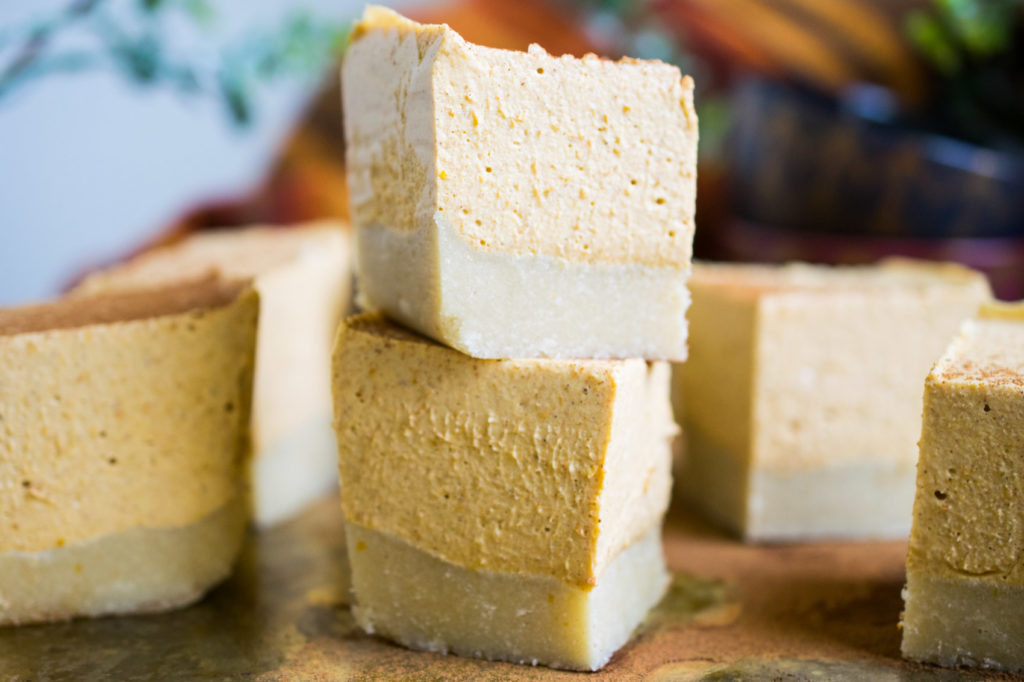
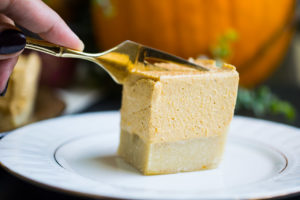
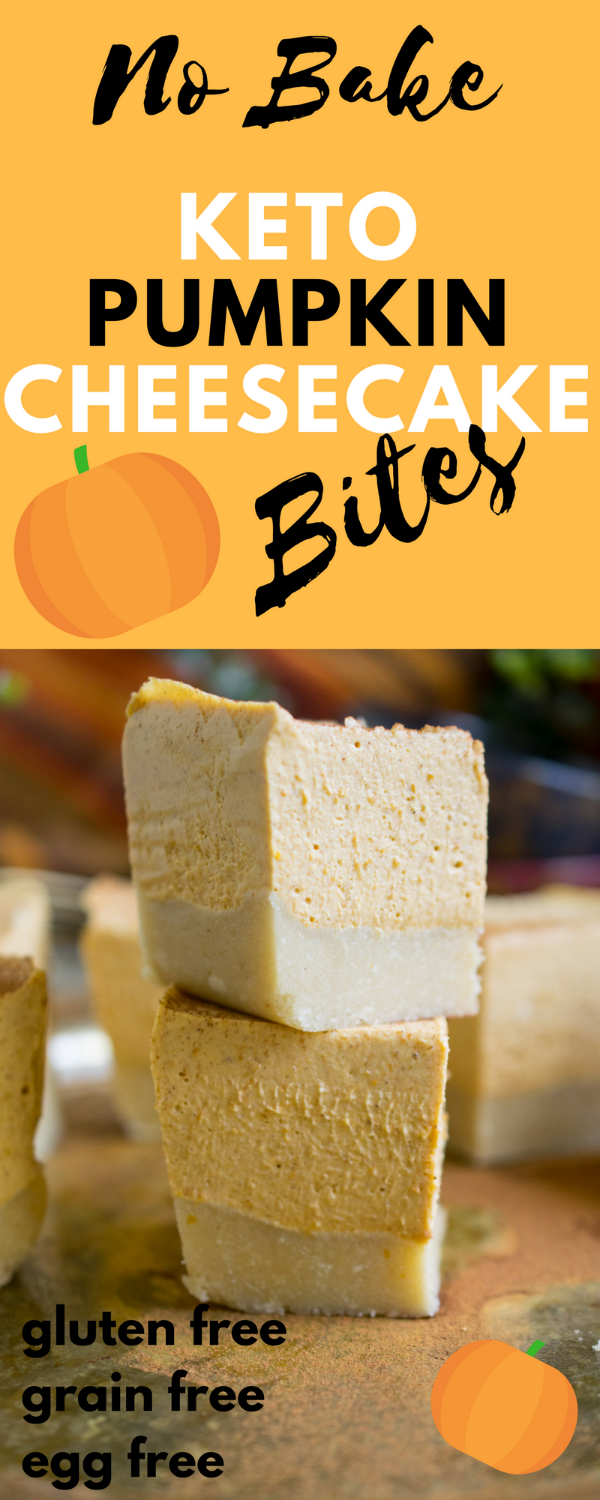
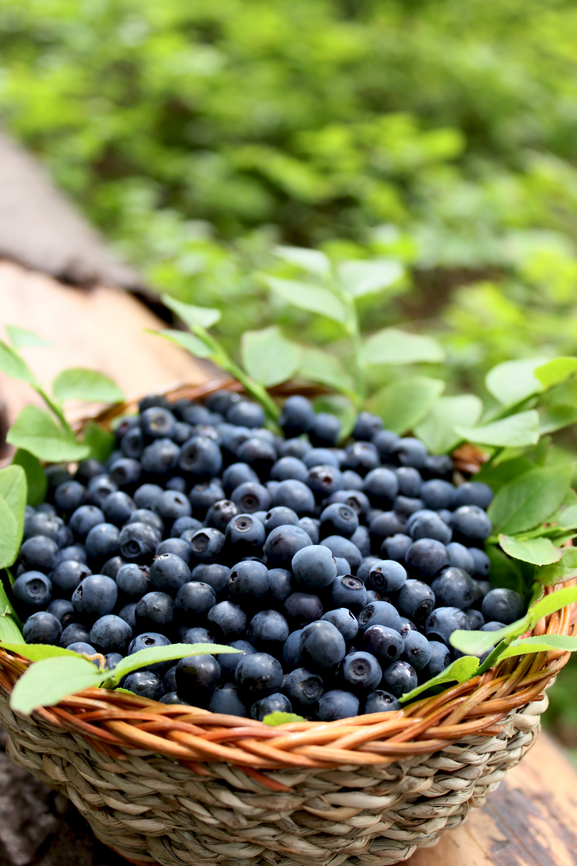 1. Berries
1. Berries